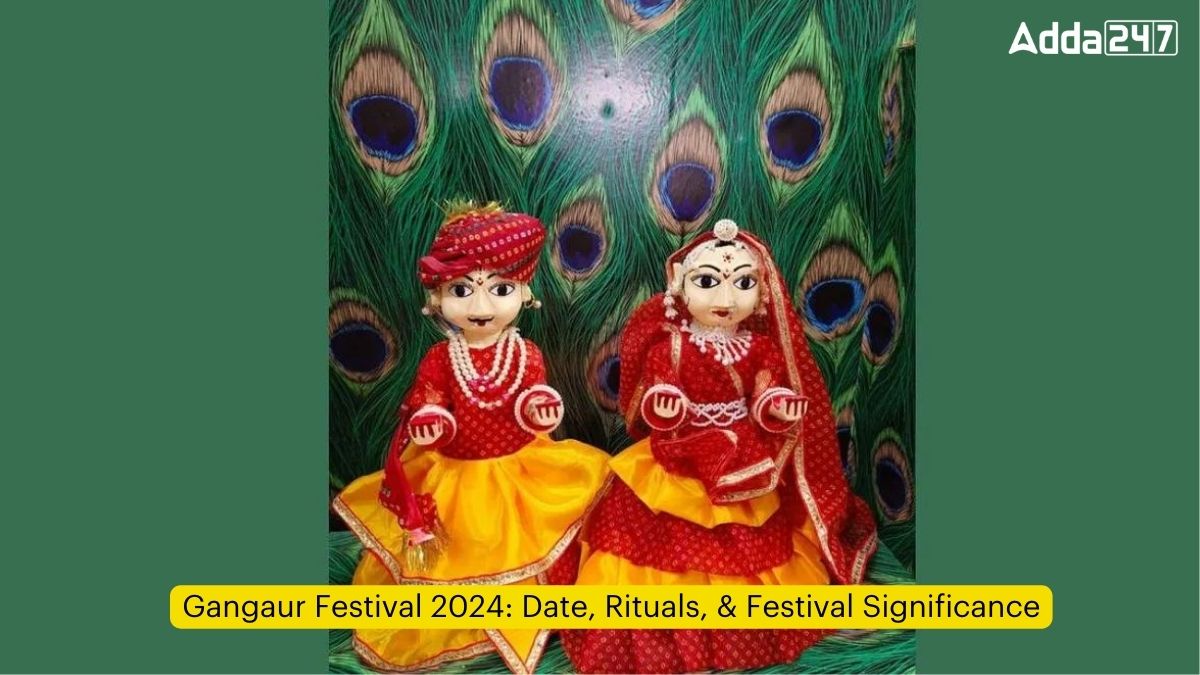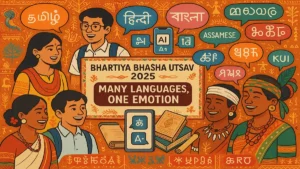Gangaur is an important festival celebrated throughout Rajasthan, commemorating the union of Lord Shiva (Gan) and Goddess Parvati (Gauri). The term “Gan” refers to Lord Shiva, while “Gauri” or “Gaur” represents Goddess Parvati, Shiva’s heavenly consort. Gangaur symbolizes the happiness and auspiciousness of marriage, making it a significant celebration for the people of Rajasthan.
Timing and Significance of Gangaur
- Gangaur is observed during Chaitra (March-April), the first month of the Hindu calendar, marking the transition from winter to spring.
- Women play a crucial role in the festival, worshiping clay idols of Gan and Gauri in their homes.
- Unmarried girls seek blessings for finding a good husband, while married women pray for their husband’s well-being and longevity.
Celebrations in Jaipur and Udaipur
- In Jaipur, a traditional procession of Gangaur starts from the Zanani-Deodhi of the City Palace, passing through various landmarks before converging near the Talkatora.
- Udaipur has a dedicated ghat named Gangaur Ghat or Gangori Ghat, located on the waterfront of Lake Pichola, which serves as a prime location for the festival celebrations.
- The processions include colorful pageantry of old palanquins, chariots, bullock carts, and performances by folk artists.
Religious and Cultural Significance
- Gangaur festival honors Goddess Gauri, Lord Shiva’s wife, who exemplifies strength, bravery, and conjugal loyalty.
- Women pray for their spouse’s well-being, and single women seek a compatible husband, showcasing the devotion of women towards their husbands.
- The festival is a celebration of Rajasthani culture and the deep-rooted traditions of the region.
The Gangaur festival is a vibrant and intricate celebration that reflects the rich cultural heritage of Rajasthan. It is a testament to the reverence for the divine union of Lord Shiva and Goddess Parvati, as well as the importance of marital harmony and female empowerment in the state.




 Bhartiya Bhasha Utsav 2025: Celebrating ...
Bhartiya Bhasha Utsav 2025: Celebrating ...
 Starlink Internet: Revolutionising Globa...
Starlink Internet: Revolutionising Globa...
 Google 2025: Top Searches by Indian User...
Google 2025: Top Searches by Indian User...







